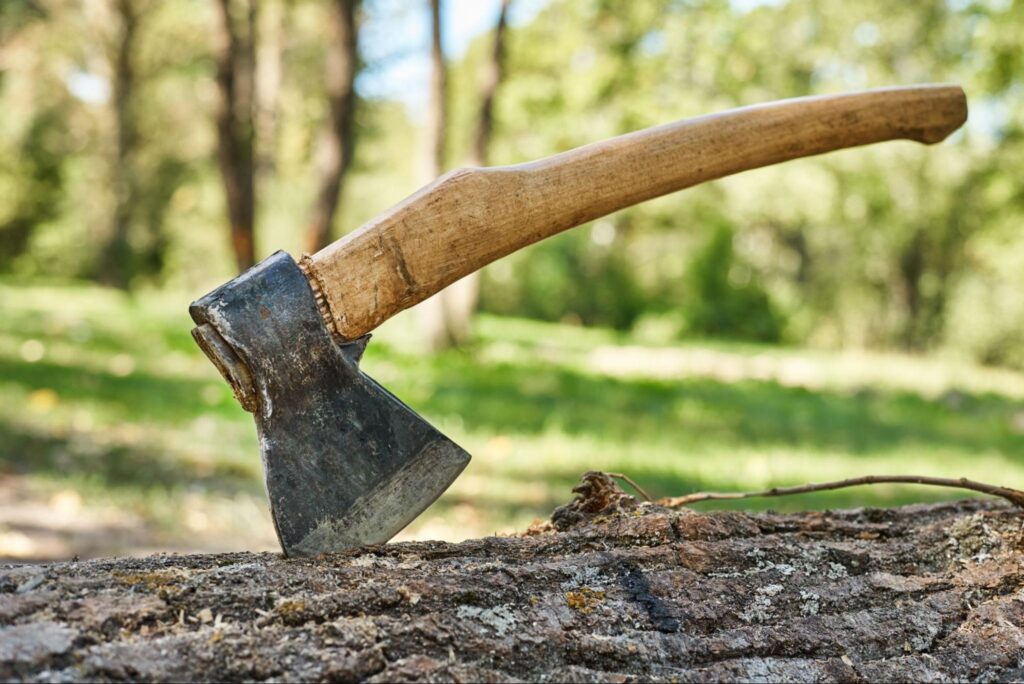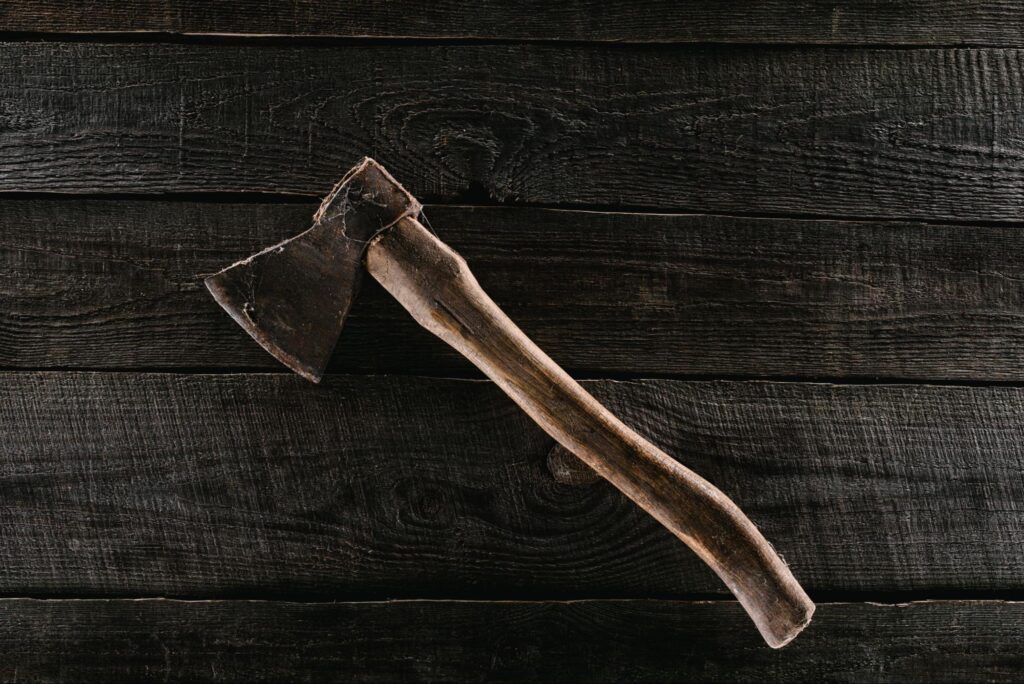Comparing Axe-Throwing Across Cultures
Axe-throwing, once a traditional practice in specific cultures, has transformed into a widely embraced recreational activity enjoyed by enthusiasts across the globe. Although often linked with the rugged image of North American lumberjacks, the origins of axe-throwing are far-reaching. Indeed, this activity holds diverse connotations, customs, and techniques across various cultures and geographic regions.
Dive into the rich tapestry of axe-throwing traditions around the globe, comparing and contrasting how diverse societies have embraced and adapted this ancient skill. Axe-throwing provides a captivating perspective to explore the confluence of tradition, sport, and leisure activities, tracing its roots from competitive sports to cultural rituals.

EXPLORING AXE-THROWING RITUALS: A CROSS-CULTURAL PERSPECTIVE
Axe-throwing, an ancient practice rooted in various cultures worldwide, offers a fascinating glimpse into the diverse traditions and rituals surrounding this activity. Beyond its portrayal in popular culture as a recreational sport, axe-throwing holds deep significance in many societies, serving as a ritualistic practice, a form of spiritual expression, or a means of competition.
Find out more about the beliefs and customs associated with axe-throwing — from ceremonial rites of passage to sacred ceremonies. Delve into the rich tapestry of cultural practices that have shaped the art of axe-throwing across generations and continents.
Indigenous Rituals
Traditionally, axe throwing is associated with hunting, war, or ancestral practices. For instance, some Native American tribes hold axe-throwing ceremonies to honor the forest spirits and ask for blessings for successful hunts or battles.
Nordic traditions
In Nordic countries such as Norway and Sweden, axe-throwing has deep historical roots dating back to the Viking era. In these regions, axe-throwing contests were held as a test of strength and skill between warriors, with victors gaining prestige and honor in their villages. Axe-throwing is a popular pastime in these regions today, often held during festivals and cultural gatherings.
asian martial arts
In some Asian cultures, such as Japan and China, axe-throwing techniques have been incorporated into traditional martial arts practices. Known as “tomahawk jutsu” in Japan, this martial art involves precise throwing techniques using small, lightweight axes known as “hachiwari.” Through intense training, practitioners develop their skills to the point where they can throw an axe both as a self-defense weapon and as a discipline for meditation.
modern revivals
Hitting axes at targets has become a popular pastime in urban centers across the globe in recent years. Whether you’re a fan of axe-throwing bars or part of a competitive league, you’ll find people from all walks of life throwing axes together. While these modern iterations may lack traditional practices’ cultural and spiritual significance, they nevertheless contribute to the global appreciation and evolution of axe-throwing as a sport and leisure activity.
Knowing the colorful history of axe-throwing might cause hobbyists to love it more. By looking at axe-throwing rituals from a multicultural point of view, we learn more about the different traditions and meanings of this ancient practice, which makes us more appreciative of its cultural importance and universal appeal.
How Does Axe-Throwing Differ Across Various Cultures?
Axe-throwing, a skill transcending time and geography, manifests differently across various cultures, reflecting each society’s unique traditions, values, and customs. This activity has many different forms and meanings depending on historical, geographical, and cultural factors, from ceremonial rituals to competitive sports.

Cultural Significance
In many Native American tribes, such as the First Nations of Canada and the Maori from New Zealand, throwing an axe is deeply spiritual, often linked to mythology, folklore, and ceremonial practices. Axe throwing is seen as a symbol of power, protection, and connection to nature, and throwing techniques are passed down from generation to generation as sacred knowledge.
historical context
In regions with a rich history of warfare or exploration, such as Scandinavia or Eastern Europe, axe-throwing emerged as a practical skill used in combat and survival. Historical accounts depict warriors wielding axes with precision and ferocity in battle, showcasing the importance of this weapon in shaping the course of history.
modern adaptations
Axe-throwing has changed from a practical practice to a recreational sport and pastime in modern Western societies. Urban axe-throwing venues, often equipped with wooden targets and safety protocols, allow participants to experience the thrill of axe-throwing in a controlled and social setting devoid of its historical or cultural context.
regional variations
Across different regions and countries, variations in axe-throwing techniques, equipment, and rules reflect local communities’ cultural nuances and preferences. For example, Scandinavian axe-throwing competitions may prioritize distance and accuracy, while Native American ceremonies focus on spiritual connection and reverence for the natural world.
Looking at the history of this simple activity evolved in many ways in different cultures, we understand the complexity of this age-old custom and recognize its rich history and universal significance in forming human history and identity.
Mastering Axe-Throwing Techniques in Different Cultures
One of the oldest skills in the world, axe-throwing, has been passed down through generations. Axe-throwing styles and techniques vary from culture to culture and from region to region. From the skillful axe-throwing of Nordic warriors to the mental discipline of hunter-gatherers, the art of axe-throwing requires an understanding of cultural context and historical importance.
Nordic Precision
In Nordic cultures, such as those of Norway and Sweden, axe-throwing techniques are characterized by precision, power, and finesse. Historically, throwing axes were traditionally used in combat and hunting. Nordic warriors developed throwing styles that focused on accuracy and range, using the thrower’s strength and quickness to drive the axe forward with strength and accuracy.
Indigenous Wisdom
Among indigenous cultures, such as Native American tribes or Aboriginal communities in Australia, axe-throwing techniques are steeped in tradition and spirituality. Hunters and warriors learn to harness the natural elements and connect with the spirit world through rituals and ceremonies, mastering the art of axe-throwing as a means of survival and spiritual communion.
asian martial arts
In Asia, particularly in Japan and China, axe-throwing techniques have been integrated into traditional martial arts practices, such as “tomahawk jutsu” in Japan. Martial artists train diligently to develop precise throwing techniques, honing their skills through discipline, focus, and repetition, mastering the art of axe-throwing as both a form of combat and a meditative discipline.
modern innovations
In contemporary Western societies, axe-throwing has evolved from a practical skill to a recreational activity and competitive sport. Urban axe-throwing venues provide an environment where you can learn and practice your axe-throwing skills in a controlled and safe environment under the guidance of experienced coaches or instructors who teach skills that have been passed down from generation to generation.
By exploring the diverse techniques and practices of axe-throwing across different cultures, we gain a deeper appreciation for this ancient skill’s artistry, heritage, and cultural significance, enriching our understanding of its role in shaping human history and identity.
Understanding Axe-Throwing & Culture
From its ancient roots as a tool for survival and war to its modern revival as a recreational and competitive pastime, axe throwing symbolizes humanity’s ability to innovate, adapt, and express itself culturally. Across cultures and periods, throwing axes reveals a rich heritage of tradition, faith, and skill, demonstrating global civilizations’ shared heritage and interdependence.
As we delve into axe-throwing’s various techniques and rituals, we deepen our appreciation for its artistry, symbolism, and historical significance, enriching our understanding of its enduring impact on human history and identity. Through this exploration, we embrace the kaleidoscope of human experience, finding unity in diversity and endless opportunities for connection and discovery.
Visit our Propel Axe blog to learn more about axe-throwing, local events, and more.


 720-330-9755
720-330-9755
